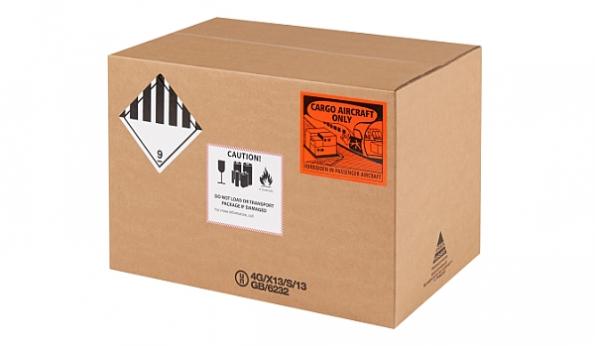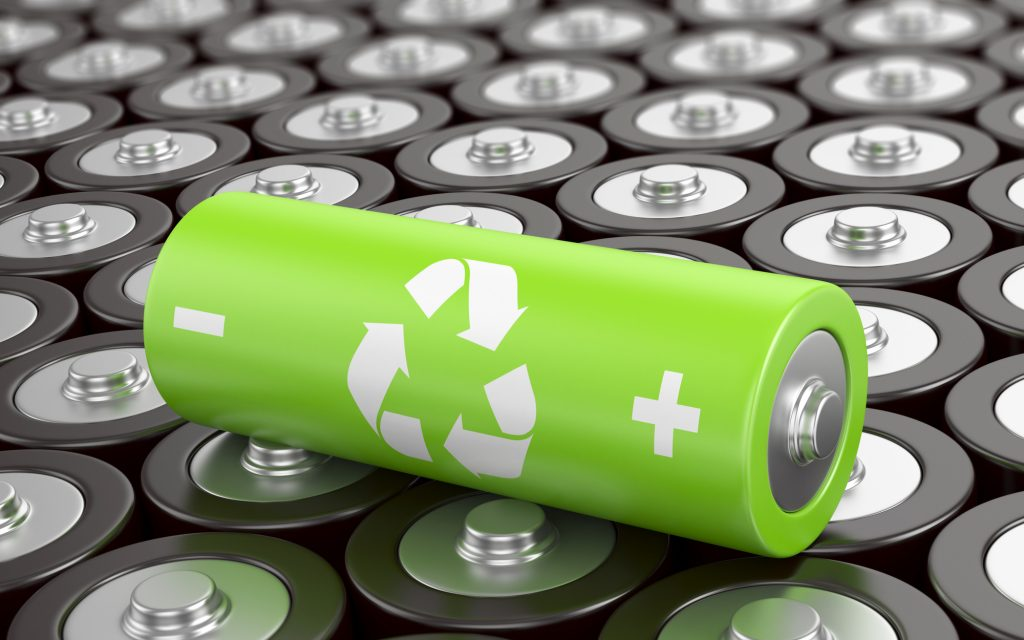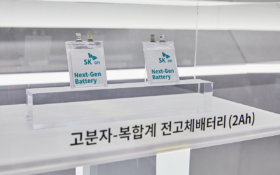Lithium-ion batteries should be limited to 30% state-of-charge (SoC) when being transported, a sub-committee of the United Nations Economic Commission for Europe has proposed.
Higher SoC increases the potential thermal instability and decreases the safety of lithium-ion batteries, members of the Economic and Social Council (ECOSOC) sub-committee of experts on the Transport of Dangerous Goods (TDG) heard in December.
Material mechanism analysis and verification results showed the safety of lithium-ion cells and batteries had a strong correlation with their SoC. The batteries tested were: lithium iron phosphate (LFP), nickel cobalt manganese oxide (NCM), nickel cobalt aluminum oxide (NCA) and lithium cobalt oxide (LCO).
The proposal includes lithium-ion cells with total mass of more than 500g; a lithium-ion battery with total mass of more than 12kg or consisting of cells heavier than 500g.
The proposal added the definition of SoC to refer to the available capacity of a battery or cell, usually expressed as a percentage of the rated capacity of the battery and cell.
A report presented at the meeting stated: “LFP batteries will only smoke in most thermal runaway scenarios regardless of the SoC, since LFP batteries have good thermal stability.
“While NCM/NCA batteries as well as LCO battery behave quite differently under thermal runaway when they are in different SoC.”
It added the lithium-ion intercalation state in anode material was dependent on the SoC because more lithium-ion intercalates into the anode material as the SoC increases, leading to poor thermal stability.
The report noted: “Differential scanning calorimetry is used to investigate the NCM cathode and graphite anode materials at different SoC, and the results showed that lithium-ion cells and batteries at 30% SoC have good thermal stability, the anode material generates much less heat than that at 50% to 70% SoC, and the temperature for cathode exothermic reaction is much higher than that at 50% to 70 % SoC.”












